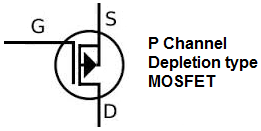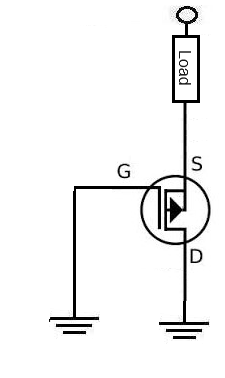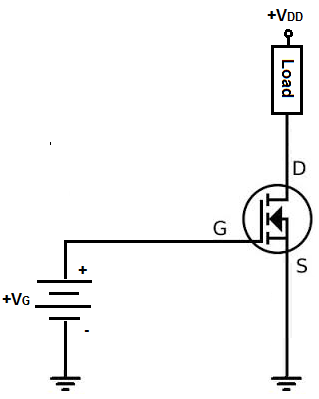Why Driving a P channel MOSFET Is Easier Than an N channel MOSFET

Driving a P channel MOSFET is in fact easier than driving a N channel MOSFET. even though N channel MOSFETs are much more widely used and popular in electronic devices, such as for power electronics for example.
N channel MOSFETs are used more often than P channel MOSFETS. Most designs use N-channel MOSFETs to the point that we can basically assume, if there is no other reason indicated, that all MOSFETs in a design are n-channel MOSFETs.
One of the reasons p-channel MOSFETs are less used over their n-channel counterparts is that p-channel MOSFETs have higher on-resistance for the same voltage and die area, making them less efficient.
The on-resistance represents the resistance between the drain and the source. Ideally, we want this value as small as possible, which equates to less power loss. Resistance equals power dissipation. Thus, the greater the on-resistance, the greater the power loss if incorporated into a component.
Despite this disadvantage with P-channel MOSFETs, one advantage that they have is that they're easier to drive than an N-channel MOSFET.
N-channel MOSFETs are more complicated to drive than P-channel MOSFETs because the gate needs a sufficiently positive voltage applied to it (higher than the source) in order to turn on. This is referred to as VTH, or the threshold voltage of the MOSFET. Common values are 2-4V for high voltage devices and 1-2V for lower voltage, logic-compatible devices.
So we need the gate voltage in order to turn on the N-channel MOSFET. Again, this may be between 1-4V, depending on the application.
And then we have the load connected to the drain terminal of the MOSFET. This may have different power requirements.
Thus, we may need separate power supplies for driving the MOSFET and for powering the load.
With P-channel MOSFETs, we only need the one power supply for the load and we do not need any voltage for the gate. This is because P-channel MOSFETs are on when the voltage at the gate is lower than the voltage at the source. A common technique for having a P-channel MOSFET turned on is by simply connecting it to ground. This ensures that the gate voltage is lower than the source voltage.
Thus, a P-channel needs no extra power supply.
This is shown in the diagram below.

Let's contrast this with driving a N-channel MOSFET, which requires power to the gate in order to function.
This is shown in the diagram below.

With this setup, the N-channel MOSFET needs power to the gate and the load, whereas the P-channel MOSFET only needs power to the load.
Keep in mind that this P-channel MOSFET works with depletion type MOSFETs.
But other disadvantages to P-channel MOSFETs keep N-channel MOSFETs in greater use.
Another disdvantage to P-channel MOSFETS, apart from being less efficient due to greater on resistance, is that they cost quite a bit more than N-channel MOSFETs.
Also if working with high voltage, any voltage greater than 20V to power on a load, separate power supplies would have to be used for the gate and the load. This is because for MOSFETs, the maximum gate voltage is almost always 20V for a MOSFET transistor. Thus, in order to avoid blowing out the gate with excess voltage, you would need to separate the power supplies, putting you in the same position as an N-channel MOSFET. Thus, P-channel MOSFETs are more ideal for low voltage applications.
Also with P-channel MOSFETs, with a pull-down resistor, you usually can't get enough switching speed on the gate for the efficiency you want.
So, though P channel MOSFETs are easier to drive, N-channel MOSFETs still have greater use in the electronics industry due to greater efficiency and lower cost.
Related Resources
